December 2025

The advanced drug delivery market size is anticipated to grow from USD 256.94 billion in 2025 to USD 385.14 billion by 2034, with a compound annual growth rate (CAGR) of 4.6% during the forecast period from 2025 to 2034.
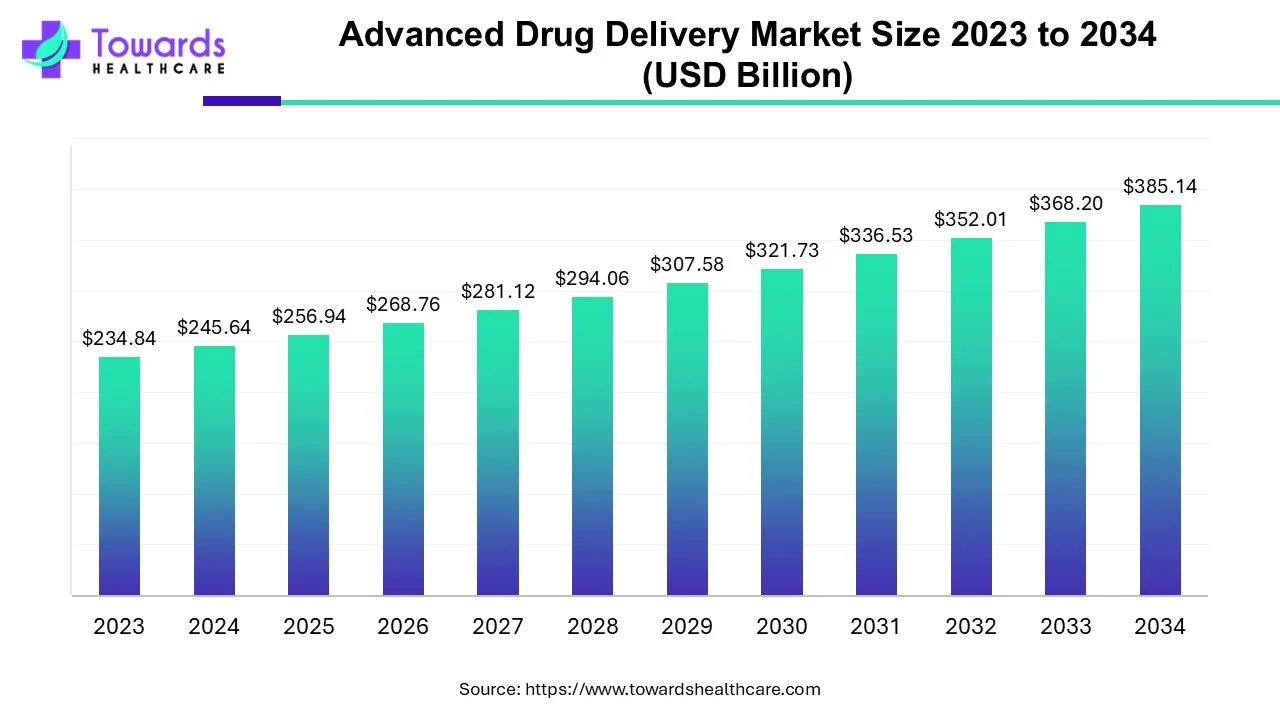
In 2022, the World Health Organization recorded approximately 630,000 deaths from HIV-related causes, highlighting the pressing need for effective treatments. Advanced drug delivery methods are proving to be highly promising for managing infectious diseases like HIV, offering innovative approaches to treatment and improving patient outcomes.
| Metric | Details |
| Market Size in 2024 | USD 245.64 Billion |
| Projected Market Size in 2034 | USD 385.14 Billion |
| CAGR (2025 - 2034) | 4.6% |
| Leading Region | North America |
| Market Segmentation | By Type of Delivery System, By Technology, By Application and By Geography |
| Top Key Players | Pfizer, Boston Scientific Corporation, AbbVie, Baxter, Kindeva Drug Delivery, Teva Pharmaceutical Industries Ltd. |
The advanced drug delivery market encompasses technologies and methods to deliver therapeutic agents, such as drugs or biologics, into the body with enhanced precision, efficiency, and control. These delivery systems aim to optimize the therapeutic effect of drugs while minimizing side effects and improving patient compliance. They utilize various approaches, including nanotechnology, microencapsulation, targeted drug delivery, and controlled-release systems.
Advanced drug delivery plays a crucial role in modern medicine for several reasons. Additionally, they enable targeted delivery of drugs to specific tissues or cells, thereby maximizing therapeutic effects while minimizing systemic side effects. This targeted approach enhances the efficacy of treatment, offering patients more effective relief with fewer adverse reactions. Advanced delivery often provides prolonged release of drugs, reducing the frequency of dosing required and improving patient compliance with treatment regimens. This sustained-release feature simplifies medication schedules and enhances patient adherence, leading to better health outcomes.
Furthermore, by precisely targeting drugs to specific sites in the body, these systems can minimize off-target effects, resulting in better patient tolerability and safety profiles. This reduction in side effects contributes to a more comfortable treatment experience and improves overall patient well-being. Moreover, some drug delivery systems can enhance the bioavailability of drugs by improving their solubility and stability. This enhancement in bioavailability ensures that a higher proportion of the administered dose reaches its intended target, optimizing therapeutic outcomes.
Advanced drug delivery technologies offer opportunities for personalized medicine by allowing treatments to be advanced to meet individual patient needs. This customized approach enables healthcare providers to optimize treatment strategies based on patient's unique characteristics, leading to more effective and personalized care. In summary, advanced drug delivery systems represent a critical advancement in medicine, offering improved efficacy, compliance, safety, bioavailability, and customized patient treatment options.
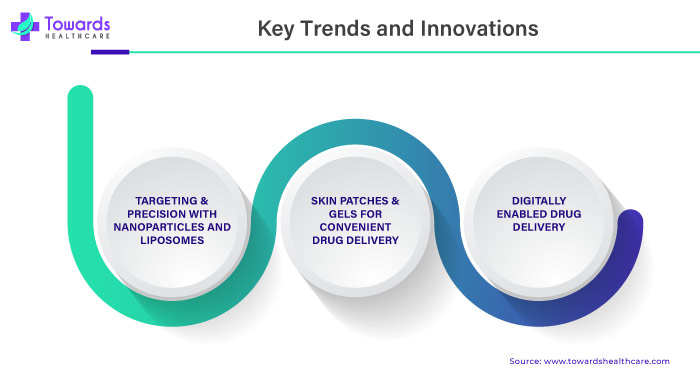
The increasing disease prevalence and rapid technological advancements have significantly propelled the market for advanced drug delivery systems. With a rising burden of chronic conditions such as cancer, diabetes, and cardiovascular disorders worldwide, there is a growing demand for more effective and targeted drug delivery solutions. Technological innovations in nanotechnology, biomaterials, and formulation science drive the development of novel drug-delivery platforms with enhanced capabilities. These advancements enable the precise delivery of therapeutic agents to specific tissues or cells, maximizing efficacy while minimizing systemic side effects. As pharmaceutical companies continue to invest heavily in research and development to meet evolving healthcare needs, the market for advanced drug delivery systems is expected to witness robust growth, offering innovative solutions to improve patient outcomes and quality of life.
In the fight against infectious diseases like HIV/AIDS, tuberculosis, and viral hepatitis, scientists are turning to advanced drug delivery for more effective treatments. These systems use tiny particles called nanoparticles to carry antiviral and antimicrobial drugs directly to the infected tissues in the body. By doing this, they can target the specific areas where the viruses or bacteria are causing harm while reducing the risk of side effects in other body parts.
For instance,
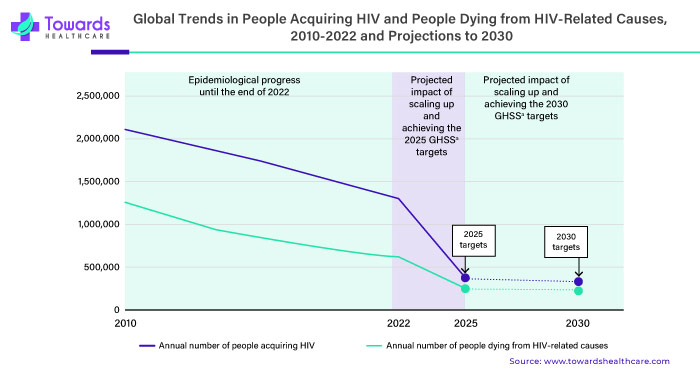
Think of these nanoparticles as little vehicles programmed to deliver their cargo (the drugs) to the right destination. They can also be designed to release the drugs slowly over time, ensuring that the medications stay active in the body for extended periods. This sustained release helps maintain adequate drug levels in the bloodstream, crucial for fighting infections.
One of the significant advantages of using nanotechnology-based drug carriers is that they can help overcome some of the challenges associated with traditional drug delivery methods. For example, they can bypass barriers in the body that might otherwise prevent the drugs from reaching their target, such as the blood-brain barrier for diseases affecting the brain.
Additionally, by targeting the drugs directly to the infected tissues, this delivery can reduce the amount of medication needed, which can lower the risk of side effects and drug resistance. This is particularly important in the case of infectious diseases, where the pathogens can develop resistance to conventional treatments over time. Advanced drug delivery holds great promise for improving the effectiveness of treatments for infectious diseases by delivering drugs more precisely to where they're needed most while minimizing the risks and side effects associated with conventional therapies.
Technological advancements in nanotechnology, biomaterials, and formulation science are revolutionizing the field of drug delivery, enabling the development of novel platforms with enhanced capabilities.
Nanotechnology is all about tinkering with tiny stuff, like super small materials, about 1 to 100 nanometers in size. These tiny materials, called nanoparticles, are great for delivering drugs to our bodies. They have unique qualities, like having a lot of surface area compared to their size, which makes them excellent for carrying drugs. They can hold onto drugs well, whether they're water-friendly or not. Nanoparticles can be made from fats, plastics, metals, etc. Each type of nanoparticle has its perks for delivering drugs. For example, ones made from fats can wrap drugs up, protecting them and making sure they don't break down too quickly inside our bodies. And those made from plastics can be designed to release drugs at the right pace so we get the medicine we need over time.
Biomaterials are another critical component of advanced drug delivery systems. These materials are designed to interact with biological systems, often serving as carriers or scaffolds for delivering drugs to target sites in the body. Biomaterials can be natural or synthetic and are chosen based on biocompatibility, biodegradability, and mechanical properties.
Natural biomaterials, such as proteins, polysaccharides, and extracellular matrix components, are derived from biological sources and often exhibit excellent biocompatibility. On the other hand, synthetic biomaterials can be precisely engineered to possess specific properties tailored for drug delivery applications. For example, synthetic polymers like poly (lactic-co-glycolic acid) (PLGA) and polyethylene glycol (PEG) are widely used in drug delivery due to their tunable properties and biodegradability.
Formulation science plays a crucial role in designing and optimizing drug delivery systems. Formulation scientists utilize chemistry, physics, and engineering principles to develop formulations that optimize drug stability, solubility, and bioavailability. Advanced formulation techniques, such as microencapsulation, nanoemulsions, and solid lipid nanoparticles, improve the delivery of poorly soluble drugs, enhance drug absorption, and target drugs to specific tissues or cells.
Microencapsulation involves encapsulating drugs within microscopic particles, protecting them from degradation and enabling controlled release at the desired site of action. Similarly, nanoemulsions are colloidal dispersions of oil and water stabilized by surfactants, which can encapsulate hydrophobic drugs and improve their solubility and absorption in the body.
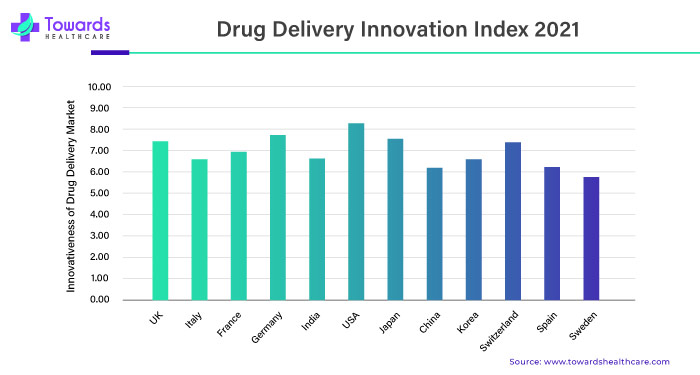
Ongoing advancements in nanotechnology, biomaterials, and formulation science are driving the development of innovative drug-delivery platforms with improved capabilities. These technologies enhance drug therapies' efficacy, safety, and patient compliance across various disease conditions.
Transdermal drug delivery is a crucial driver of growth in the advanced drug delivery market due to its numerous advantages, including non-invasive administration, sustained release, and improved patient compliance. Transdermal patches offer a convenient and effective way to deliver medications through the skin into the bloodstream, bypassing gastrointestinal degradation and first-pass metabolism. With applications ranging from pain management and hormone replacement therapy to smoking cessation and cardiovascular disorders, transdermal drug delivery systems are increasingly preferred by both patients and healthcare providers. As the demand for convenient and patient-friendly drug delivery solutions continues to rise, the transdermal drug delivery segment is poised for significant growth in the advanced drug delivery market.
Market acceptance and adoption of advanced drug delivery systems can be challenging due to various factors, especially when healthcare providers and patients are more familiar with traditional treatment methods. Imagine you're used to taking pills or receiving injections for your medical condition. Suddenly, a new type of treatment involves using tiny particles to deliver medication directly to the affected area in your body. This might sound strange or unfamiliar initially, and some people might be hesitant to try it because they're used to what they know.
To overcome this hesitation, it's crucial to educate both healthcare professionals and patients about the benefits and safety of these advanced delivery technologies. Healthcare providers must understand how these new systems work, their benefits, and how they can improve patient outcomes. On the other hand, patients need to feel comfortable and confident in using these new treatments, knowing they are safe and effective.
Factors like reimbursement policies and formulary decisions made by insurance companies and other payers can also influence whether these advanced drug delivery products are widely adopted. If insurance doesn't cover the cost of these new treatments or is not included in the list of approved medications, it can be more challenging for patients to access them. To encourage the acceptance and adoption of advanced drug delivery systems, it's essential to educate healthcare providers and patients about their benefits and safety. Ensuring that these treatments are covered by insurance and included in formularies can help make them more accessible to those who need them.
North America, particularly the United States, dominates the advanced drug delivery market due to its well-established healthcare infrastructure, significant R&D investments, and favorable regulatory environment. The presence of leading pharmaceutical and biotechnology companies, academic research institutions, and government funding for healthcare innovation further contributes to the growth of this market in the region.
The U.S. consists of well-developed healthcare sectors with skilled personnel and technological advancements. This, in turn, increases the development as well as the use of advanced dug deliveries. At the same time, the industry and institutions are also focusing on the development of new such strategies. Similarly, the rising diseases is increasing the patient demand for effective treatment options. Furthermore, this is supported by the government as well as the regulatory agencies for the improved production as well as approval of the drug developed.
Due to the well-established healthcare systems, the use of advanced drug delivery technologies is increasing. Furthermore, new collaborations are also being formed between companies as well as institutes for new treatment approaches. This, in turn, enhances the production process. Moreover, to ensure the safe and effective use of these drug delivery systems, the regulatory agencies are also supporting the industries. Similarly, due to rising demand, the government is also providing its support by offering investments as well as funding to the healthcare sector. Thus, all the factors contribute to the market growth.
In places like Asia-Pacific, the fancy drug delivery market is booming because people spend more on healthcare and long-term illnesses and want new and better treatments. Countries like China, Japan, India, and South Korea are putting lots of money into figuring out better ways to deliver drugs. Also, governments are helping out, the drug industry is growing, and there are a lot of sick people who need these new treatments, all of which help the market to grow even more.
The advanced drug delivery market is competitive and involves various players like pharmaceutical companies, biotech firms, medical device makers, and research institutions. Universities play a key role in advancing drug delivery technology. Contract research organizations (CROs) and contract development and manufacturing organizations (CDMOs) offer services to drug companies. There are programs like Innovative Research in Cancer Nanotechnology (IRCNs) and Cancer Nanotechnology Training Centers (CNTCs) that focus on using nanotechnology for early cancer diagnosis, treatment, and prevention.Competition is fierce due to continuous innovation, partnerships, and focus on medical needs. Companies succeeding in this market have unique technologies, strong partnerships, and handle regulations well.
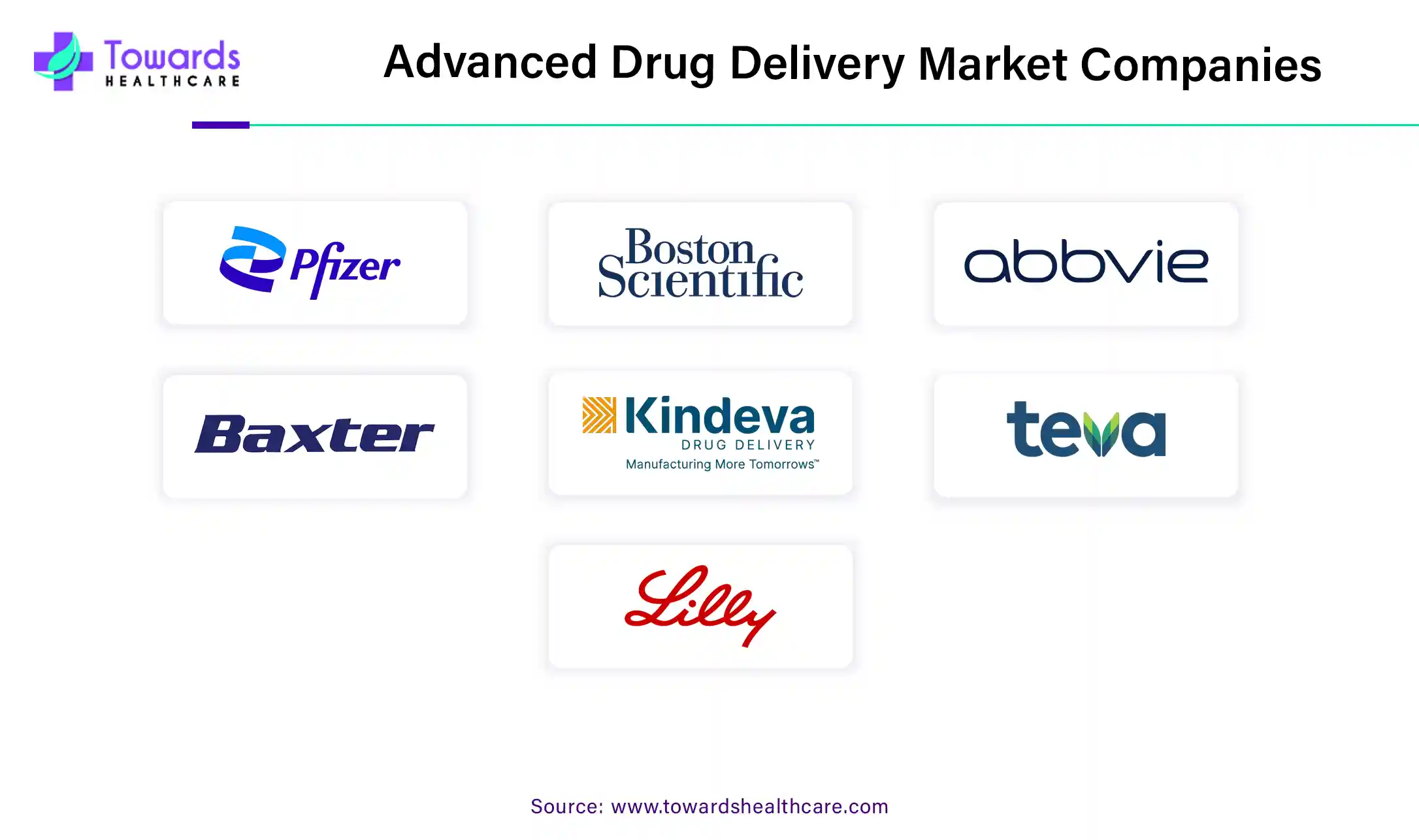
By Type of Delivery System
By Technology
By Application
By Geography
December 2025
December 2025
December 2025
November 2025